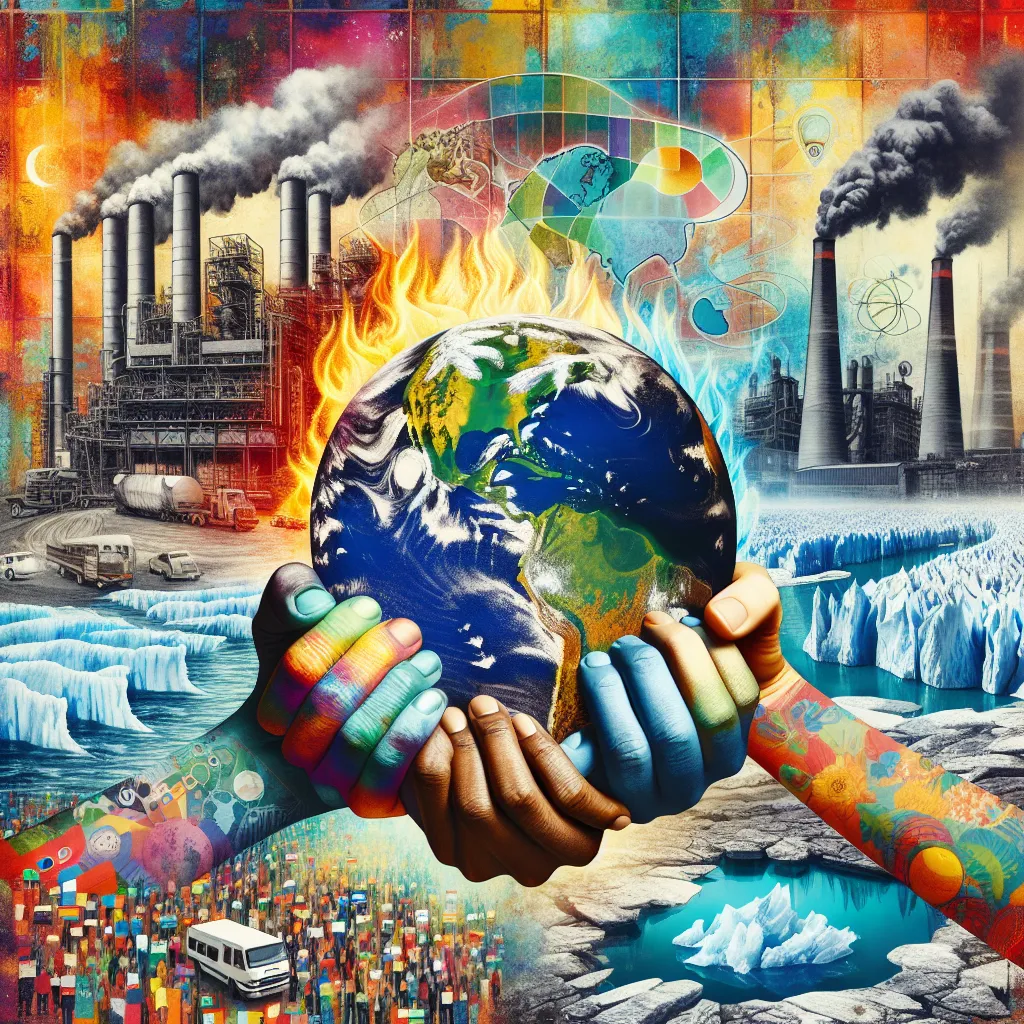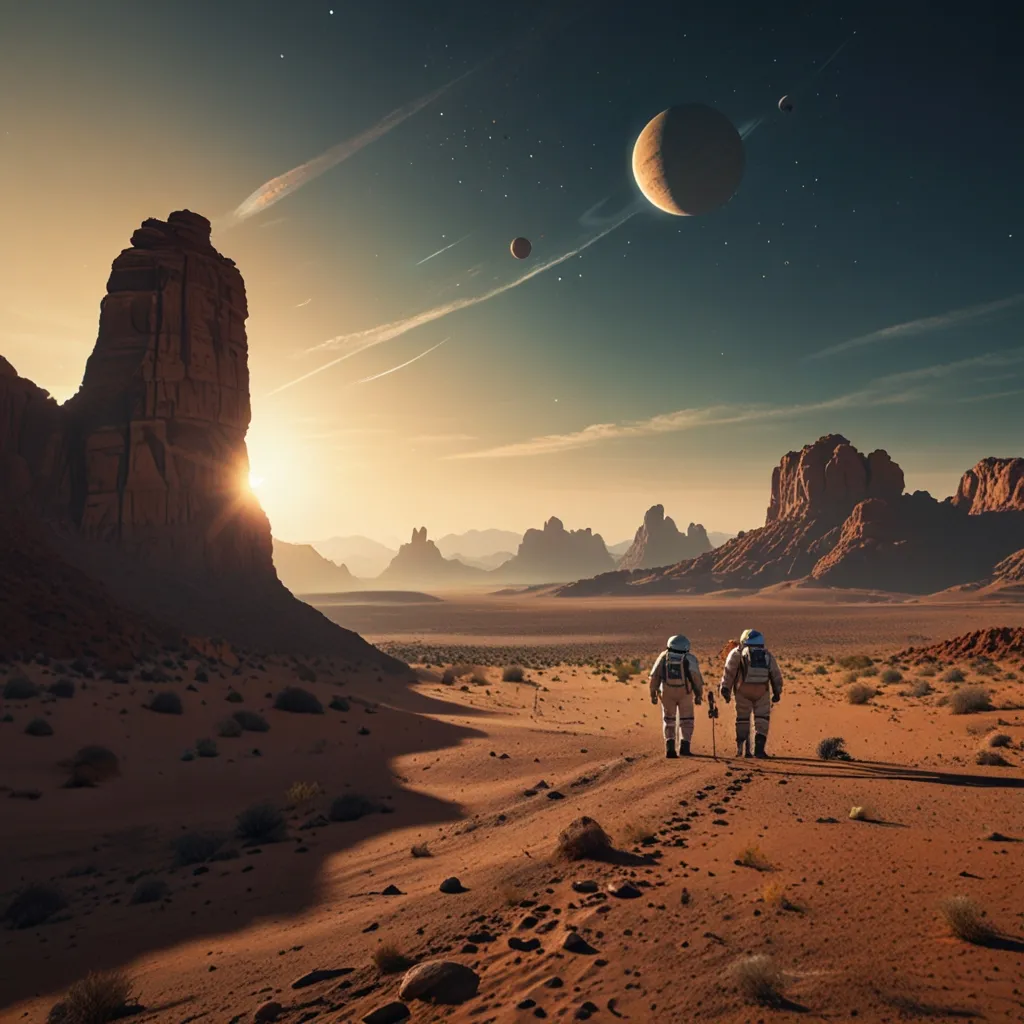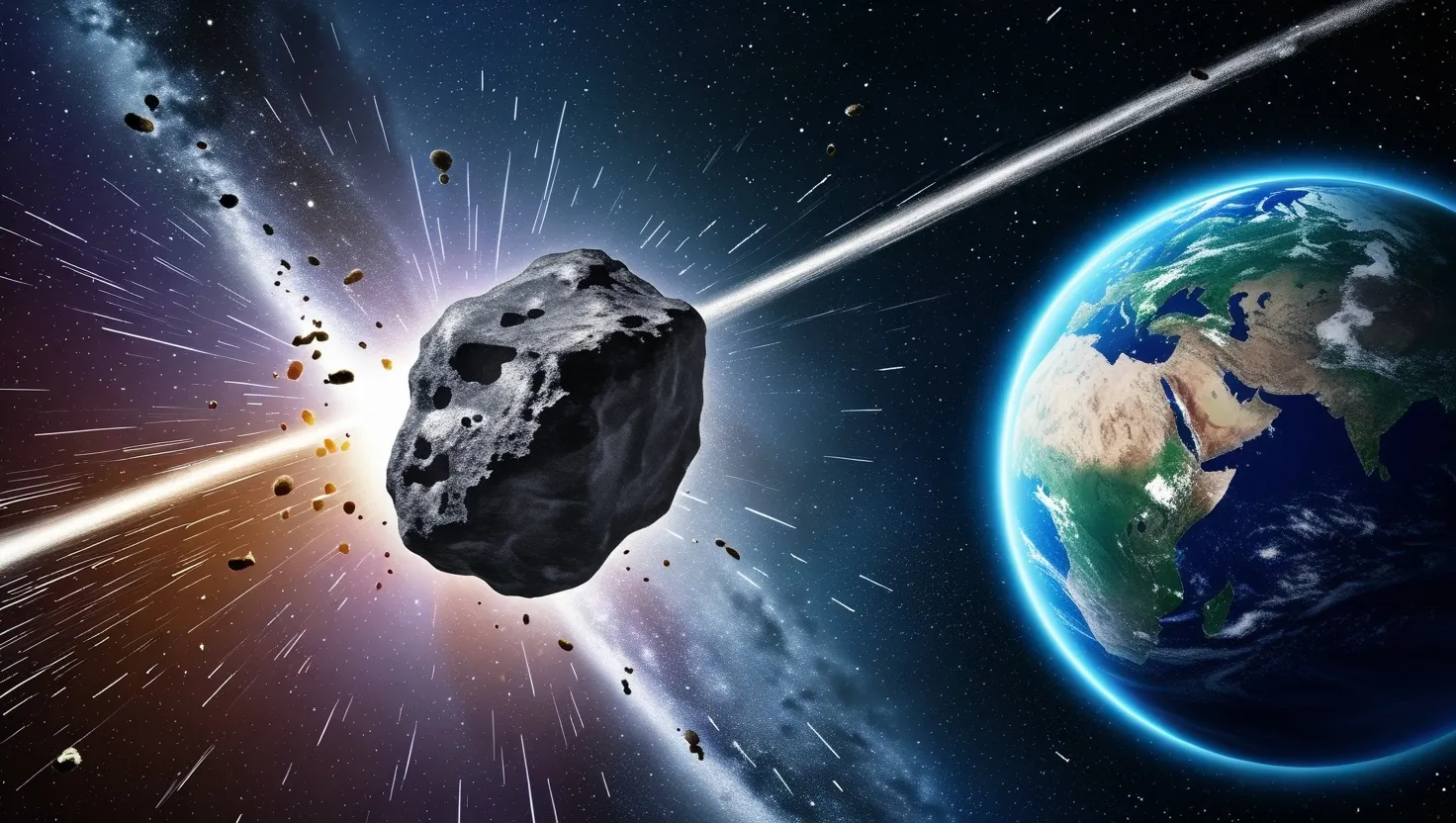Since the Industrial Revolution, humans have unleashed over 1.5 trillion tons of carbon dioxide (CO₂) into our atmosphere. By 2019, we were still adding around 37 billion more yearly. That’s a 50% increase since 2000 and nearly triple the amount from 50 years ago. It’s not just CO₂; we’re also spewing out more methane and nitrous oxide, totaling about 51 billion tons of CO₂ equivalents annually. And the emissions keep climbing. To curb the rapid climate change, we must get them down to zero.
In the past few years, the impact has become increasingly severe. We’re seeing more heatwaves, record glacier melt, and the North Pole’s lowest ice levels ever. The last 22 years have been the hottest on record, with 20 of those breaking previous heat records. Reducing our emissions is the only way to slow this down. While countries agree in principle, they clash on who should bear the most responsibility. Developed nations point to their efforts and accuse rising countries like China of contributing more currently. Developing countries argue their emissions are for survival, unlike the West’s lifestyle emissions. The blame game complicates the path forward.
So, who’s emitting the most CO₂ today? In 2017, global emissions hit 36 billion tons, with over 50% coming from Asia. North America and Europe followed, contributing 18% and 17% respectively. The rest of the world, including Africa and South America, contributed only eight percent. China tops the list with 10 billion tons annually, accounting for 27% of global emissions. The USA follows at 15%, and the European Union at around 10%. Combined, these regions emit over half of the world’s CO₂. Without their cooperation, reaching carbon neutrality would be impossible.
Next, let’s look at historical emissions. Here, the US and the EU surpass China. The US holds 25% of the world’s historical emissions, with the EU close behind at 22%. China comes third with just under 13%. When considering the past, the argument that only developing countries are at fault falls apart.
On a per-person basis, the numbers tell a different story. The global average is about five tons of CO₂ per person annually, but the highest individual emitters are major oil and gas producers. In 2017, Qatar led with 49 tons per person. Australia, the US, and Canada also have high per-person emissions, with Australians at 17 tons each annually, more than triple the global average.
Economic wealth is closely tied to carbon footprints. The richest countries emit significantly more CO₂. The top half of countries by income are responsible for 86% of emissions, while the poorer half only produce 14%. The average German emits five times more than the average Indian. In 2.3 days, an American emits as much as a Nigerian does in a year. The devastating irony is that the countries contributing least to climate change will suffer the most from its effects.
So, who should take responsibility? The richest countries have the means to develop and share low-carbon technologies. Doing so can help prevent poorer countries from becoming equally dependent on fossil fuels. The cost of renewables is falling, but the transition needs to be faster. If Western countries commit to serious climate action, the rest of the world will likely follow, but that’s no excuse for others to avoid responsibility.
Climate change is a global issue that no single country can fix alone. Figuring out who’s to blame isn’t simple, but everyone needs to do their part. We can start making a difference today by taking responsible steps toward reducing our carbon footprint.






